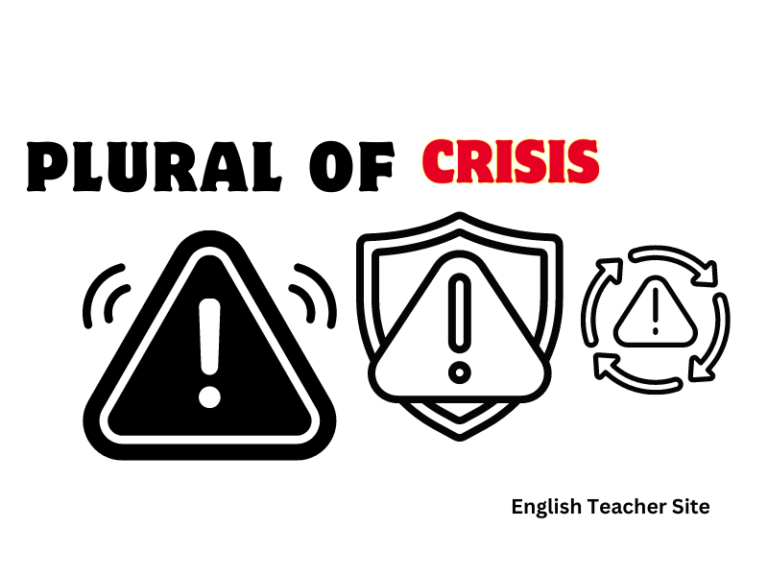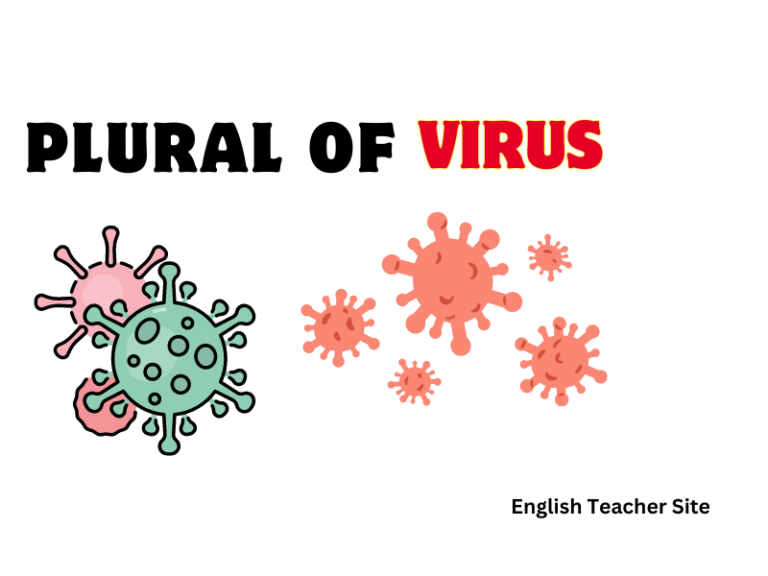What’s the Plural of Trout: Understanding Regular and Irregular Plurals in English

- The plural of “trout” is also “trout,” though “trouts” can be used in particular contexts.
- As with some other English nouns, “trout” does not follow the standard pluralization rule.
- Context determines the use of “trout” as singular or plural, revealing the adaptability of English nouns.
The English language often presents interesting quirks, especially when it comes to plurals. The word “trout” in particular tends to cause confusion due to its somewhat unusual pluralization rule. In general, English nouns form their plural by adding an “-s” or “-es” at the end of the word. However, there are numerous exceptions to this rule, and “trout” is an exemplary one. It is one such noun that remains unchanged in its plural form.
What’s the Plural of Trout?
This term stands out because it is treated much like other words that don’t change between their singular and plural forms.
Here is a straightforward guide to understanding this grammatical nuance.
Standard Usage
In most cases, the term ‘trout’ is unvaried in both singular and plural usage, an attribute it shares with other fish nomenclature such as ‘salmon’ and ‘tuna.’
| Singular | Plural |
|---|---|
| trout | trout |
However, in particular contexts, ‘trouts’ can also be used to refer to different types of trout or a collection of trout.
Contextual Variations
Occasionally, the plural ‘trouts’ is employed, though this usage is less common and is typically reserved for when specificity is required.
| General Context | Specific Context |
|---|---|
| trout | trouts |
Examples in Sentences
- I caught a large trout in the river today.
- They spotted several trout during their hike by the stream.
Is Trout Singular or Plural?
The term “trout” refers to both the singular and plural form of the freshwater fish known as trout.
Common Usage:
- Singular: I caught a trout.
- Plural: I caught five trout.
Exception to the Rule:
- The word “fish” also follows this pattern.
- “Deer” is another example of such irregular pluralization.
| Singular Example | Plural Example |
|---|---|
| There is a trout in the lake. | There are several trout in the lake. |
Tables are a useful way to distinguish between singular and plural forms. Below is a reference to further clarify:
| Context | Correct Usage |
|---|---|
| Singular | trout |
| Plural (General) | trout |
| Plural (Specific) | trouts |
Understanding Trout: Definition
Trout is a term that refers to several species of freshwater fish belonging to the salmon family, Salmonidae. They are native to the cold waters of the Northern Hemisphere but have been introduced to other areas as well.
Characteristics of Trout:
- Habitat: Primarily found in cool, clear streams and lakes.
- Diet: Insects, crustaceans, and smaller fish.
- Appearance: Varies among species but often includes vibrant color patterns.
The plural form of trout remains the same as the singular, conforming to a set of nouns that do not change in their pluralized state, much like “sheep” or “deer.”
Here is a brief overview of the definition and pluralization:
| Singular | Plural |
|---|---|
| Trout | Trout |
Different Types of Trout:
| Species | Common Characteristics |
|---|---|
| Rainbow Trout | Bright, colorful stripe down the side; adaptable species |
| Brown Trout | Golden brown with spots; native to Europe |
| Brook Trout | Native to Eastern North America; small, colorful markings |
Nouns with Unchanged Forms for Singular and Plural
| Singular | Plural |
|---|---|
| trout | trout |
Other nouns that share this characteristic are frequently related to animals or names of certain species, such as “sheep” and “moose.”
| Singular | Plural |
|---|---|
| sheep | sheep |
| moose | moose |
- Examples of unchanged nouns include:
- aircraft
- species
- deer
Examples of Trout Used in Context
Sentence Examples:
- A fisherman returned from the river with five trout in his creel.
- The clear lake is known to be populated with brook trout.
Despite these guidelines, the word “trout” can occasionally appear in the plural as “trouts” when referring to different species or types.
When to Use ‘Trouts’:
- They were discussing the various types of trouts they’ve studied.
To illustrate the correct usage, below are two tables with examples.
| Instance | Correct Usage |
|---|---|
| Singular | I caught a trout. |
| Plural (general) | I caught several trout. |
| Plural (specific types) | There are many types of trouts in the exhibit. |
Here, we use “trout” for general plural instances but “trouts” when referring to different species collectively.
| Contextual Usage | Example Sentence |
|---|---|
| Describing catch quantity | They caught 12 trout today. |
| Discussing species diversity | Anglers in the area are familiar with different trouts. |
- Rule of Thumb: Use “trout” to refer to a number of fish, and “trouts” when referring to different species or varieties.
Origin of the Word Trout
Tracing the etymology of “trout” reveals a journey through multiple languages. The term is derived from Old English “truht,” which itself partially stemmed from Old French “truite.” However, the path does not stop there; both of these root words likely originated from the Late Latin term “tructa.”
Late Latin Influences:
| Term | Origin |
|---|---|
| Tructa | Late Latin |
Greek Roots:
- Troktes
- Trogien
Indo-European Link:
| Root | Meaning | Connection to “Trout” |
|---|---|---|
| *tero- | To rub, turn | Associated with gnawing action of trout |
Over time, the word for this particular fish kept its form remarkably stable across varied linguistic landscapes. This phenomenon is a testament to the consistent presence of trout in the lives and diets of many cultures.
Old English and Old French:
- Old English: truht
- Old French: truite
Sources
My name is Khamis Maiouf. I am the creator of the English Teacher Site, dedicated to providing valuable resources and insights for students around the world. With a passion for education and a commitment to helping students enhance their skills, I aim to make English teaching more effective and enjoyable for both educators and students.






